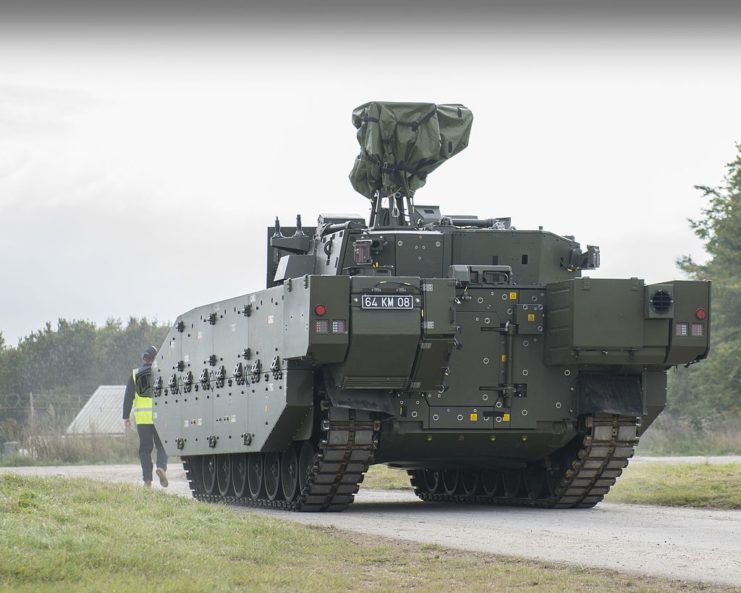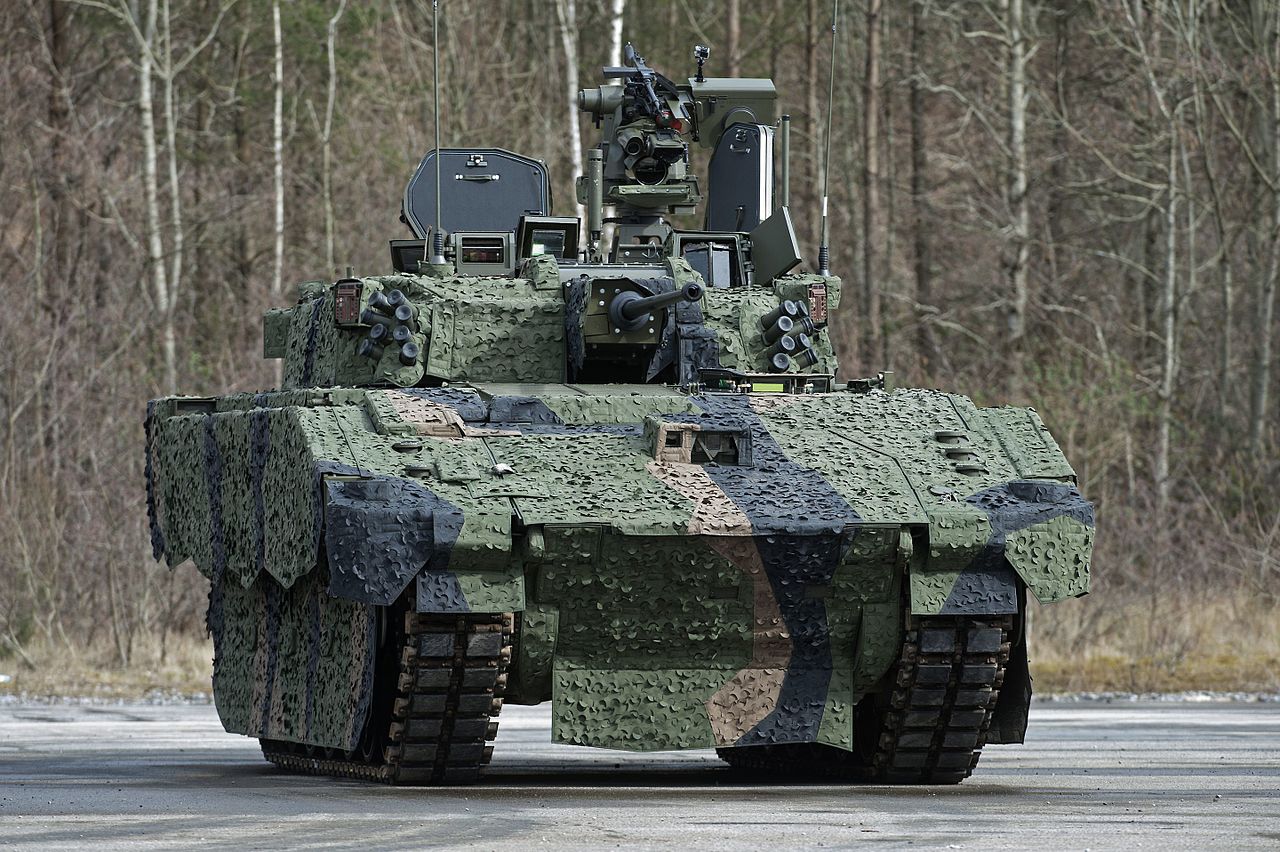The Ajax tank program began a decade ago and has cost the UK billions, but it has yet to produce a combat-ready vehicle. The program has come under intense public scrutiny over the past year, as questions have been raised about the ongoing problems plaguing the machine, the troops that it has injured, and simply how this situation has come about. Despite this, General Dynamics UK has reported a £75 million profit.
The profit report is a kick in the teeth for UK taxpayers, as they have already foot the bill for the costs of the vehicle and to cover the injuries troops have received during testing.
The figures were reported by General Dynamics UK Ltd (GD UK Ltd) on Companies House, the UK agency that files company financial statements. All of the records from Companies House are in the public domain.
Overall, GD UK have reported a 41 percent rise in pre-tax profits over the year. In addition, the company’s revenue increased by 2 percent to £735 million ($1 billion). £542 million ($740 million) of this came from the troubled Ajax program.
Ajax

The Ajax program began a decade ago when GD UK beat out BAE Systems to produce a successor to the CVR(T) family of vehicles. In 2014 the British government made a £3.5 billion ($4.8 billion) deal with GD UK to produce 589 Ajax vehicles of various types.
However, soon into the development process the MoD voiced fears that the vehicle may already be obsolete, resulting in a hefty redesign.
News on the vehicle has remained relatively quiet until the past year when horror stories began to emerge about its troubled trials. A number of worrying problems were detected, some of which were so bad that crews performing the tests were injured, and the trials were temporarily halted until solutions could be found.
The Ajax is meant to be a cutting edge design, but reportedly has trouble reversing over obstacles just 20 cm high and is far too heavy, despite its designation as a light tank. Its 40-ton weight means it can only be carried by the C-17 Globemaster, and even then only after partial dismantling.
It has also been claimed that the Ajax is unable to fire on the move, due to the risks of cracking the hull.
But the biggest problems have been related to the extreme levels of sound and vibrations inside the vehicle, which has resulted in injuries to 300 troops. Because of this, the vehicle’s trials were stopped between the end of 2020 and early 2021 while a solution could be found. To mitigate the issues when trials resumed, crews were given hearing protection and kept the Ajax’s speed below 20 mph to limit vibrations.
Increasing pressure from Britain
The MoD and British MPs have become increasingly involved in the Ajax program, as the aforementioned problems still persist. Not only have questions about the vehicle itself been raised, but also about the British government’s procurement process of new equipment. In particular, attention has been drawn to ex-high ranking MoD officials joining defense manufacturers and using contacts within the MoD to secure contracts that may not be in the British Armed Forces’ best interests.
So far, just a couple dozen of the 589 vehicles ordered have been delivered.
Defence minister Jeremy Quin has recently announced that he “cannot promise 100 percent we will find a resolution to these issues,” but added, “that does not mean that the problems are irresolvable.”
Conservative MP and Defence Select Committee Mark Francois also commented on the situation, albeit in a slightly less polite manner: “It is heavier than a Sherman tank and as stealthy as a Ford Transit full of spanners. And, if you are giving people steroid injections after having been in the vehicle, that tells you everything.”
Other MPs have suggested that Britain should pull out of the doomed program now, and try to retrieve as much money as possible from GD UK. Unfortunately, much of the £3.5 billion is long gone.
To make the situation worse, GD UK has not paid for the treatment of the injured soldiers themselves, with UK taxpayers covering that cost instead.
Because of all the mentioned problems, the lack of obvious solutions, and GD UK still making profits, the program is at risk of being canceled entirely. Only time will tell what the British government decides to do with this troublesome machine.
